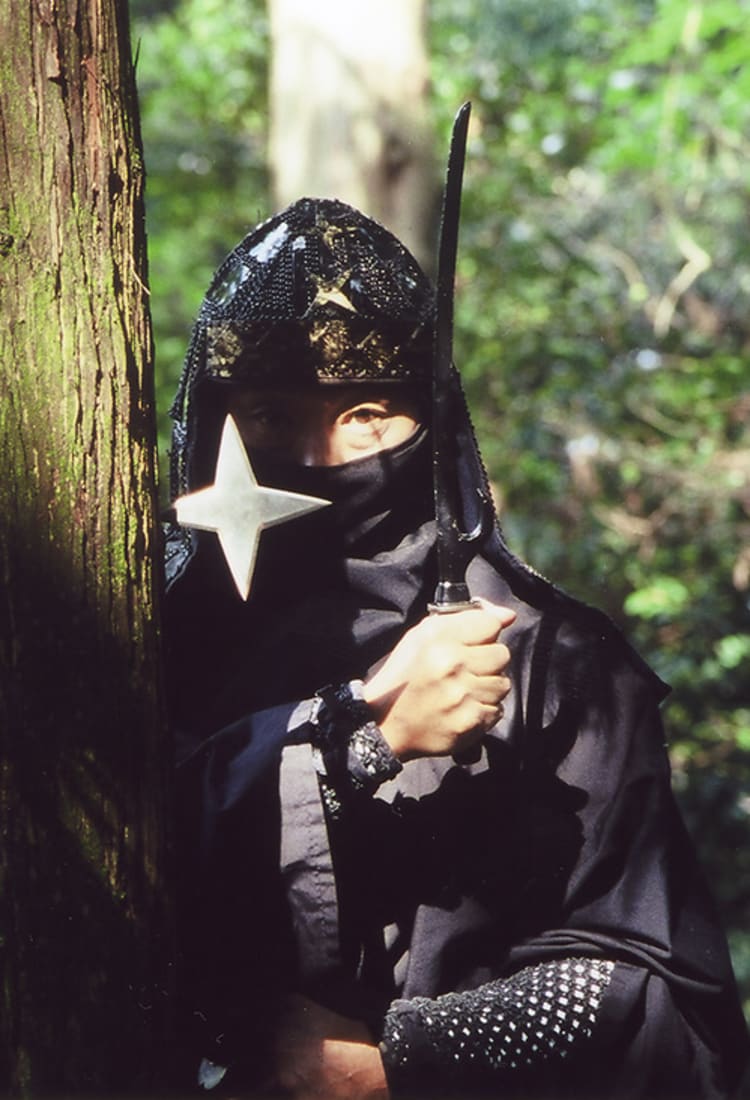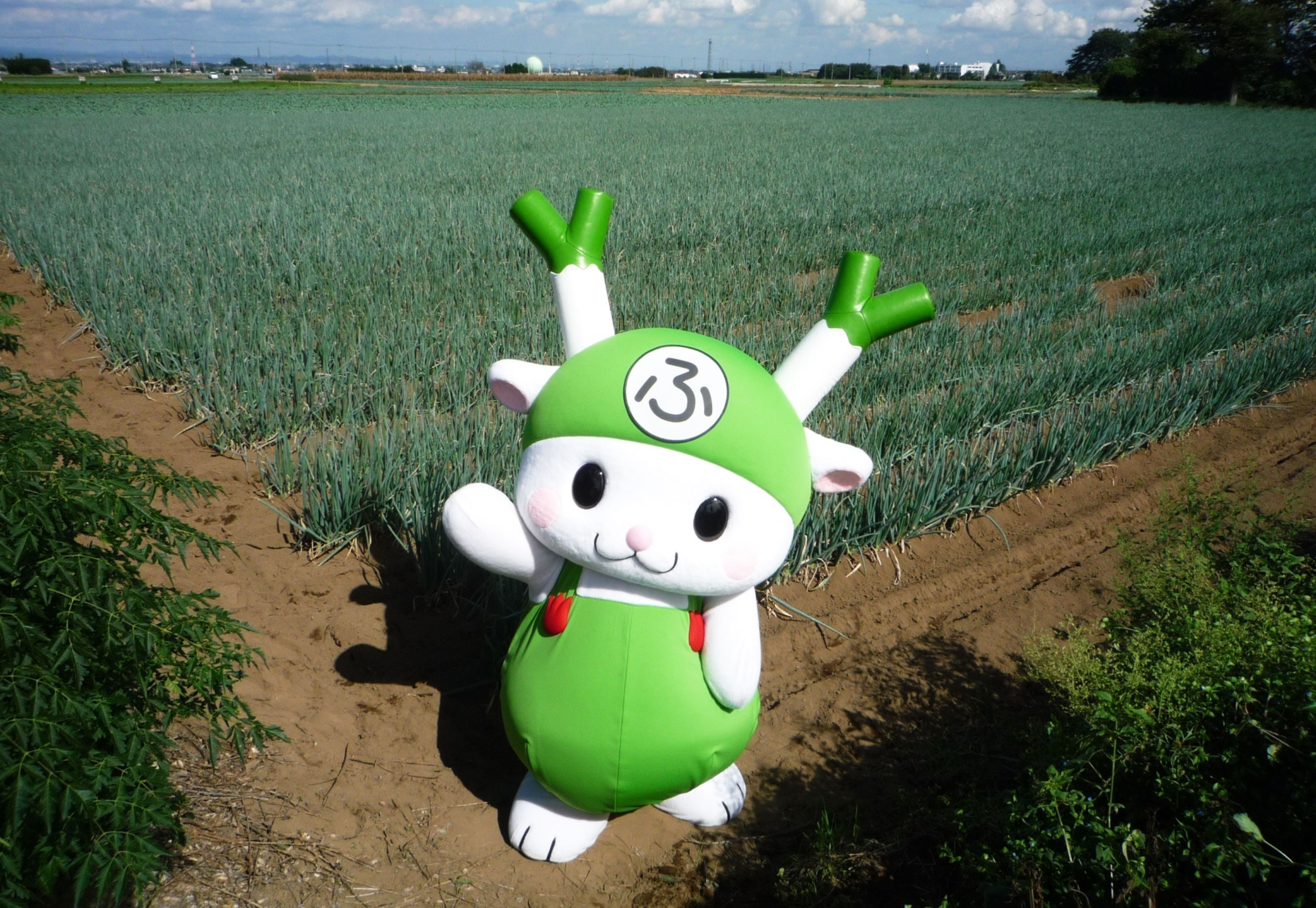
2024.02 Discover the Origins of the Ninja in the Cities of Iga and Koka [PR]
Iga City in Mie Prefecture and Koka City in Shiga Prefecture are situated in the Kinki region, which includes Osaka and Kyoto. The two cities are adjacent to each other, with Koka located to the north of Iga. These locales fostered two prominent ninja schools and are renowned as the birthplaces of the ninja. Delve into the ways and the spirit of the ninja, covert warriors who came to prominence during the Sengoku period (1467–1568), conducting espionage and other clandestine activities in service to their lords.
By venturing to these Japan Heritage cities, designated “The Cities of Iga and Koka: Exploring the Birthplace of the Real Ninja,” you can explore the tangible cultural heritage of the ninja and learn about the intangible stories woven into Japanese culture and traditions.
Experience ninja tricks and illusions at historical residences and museums
To safeguard their secret techniques and the cutting-edge gunpowder blending methods of the time, the ninja residences in Iga and Koka were fortified with ingenious mechanisms designed to outwit intruders. These included revolving walls, trapdoors, secret passages, hidden staircases, and concealed rooms.
You can see and experience these traps and tricks at the Koka Ninja House (Koka-ryu Ninjutsu Yashiki), within walking distance of Konan Station in Koka City; the Koka Ninja Village, a short drive from Koka Station; and the Ninja Museum of Igaryu, a short walk from Uenoshi Station in Iga City.
The Koka Ninja House is an authentic ninja residence built in the Genroku era (late 17th century to early 18th century) of the Edo period. The interior is decorated with many ingenious tricks that serve as defensive structures. There is also a reference room that exhibits a wide variety of ninja tools and copies of three key ninja texts, the “Shōninki,” “Ninpiden," and “Bansenshukai." The last is a ninja book said to have been written in 1676 and meant to describe all the ninja techniques of the Iga and Koka schools. Visitors can also sample ninja herbal tea which has a history of 600 years, and have a hands-on shuriken experience.
At the Ninja Museum of Igaryu, you can enjoy a ninjutsu performance full of speed and power by the Iga Ninja Special Army, Asura. Visitors can also try their hand at shuriken throwing. In the Ninja Experience Hall of the museum, see shuriken, blowpipes, and other ninja tools recreated based on ninjutsu texts written by ninja as well as a copy of the “Bansenshukai".
At the Koka Ninja Village, visitors can learn to throw shuriken (throwing stars) or try actual ninja training at the Ninja Dojo. Rent a ninja outfit to complete your transformation without getting your own clothes dirty. There are nine different ninja skills to try, including rock wall climbing, tightrope walking, and using the “spider” technique to walk on water. If you complete all of them you will receive a scroll indicating your acquisition of the secrets of the ninja. There is also a shrine at the Ninja Village, Shinobi-jinja Shrine, dedicated to the ninja who passed away nameless, with their true identities undiscovered.












Explore the ninja legacy and sites of Iga
The Ninja Museum of Igaryu is located in Ueno Park, which was the site of Heirakuji Temple. During the Warring States period (late 15th century to late 16th century) of civil wars, the people of Iga held war councils at the temple to plan counterattacks against their enemies. Today, the temple site is home to the reconstructed castle tower of Iga Ueno Castle, which is protected by a stone wall approximately 30 meters (98 ft.) high. Stroll around Shinobicho (“ninja town”), the area around the castle. It derives its name from the Shinobi-no-shu Iga ninja residences that existed there circa the early seventeenth century.
A short walk from the castle is Matsumoto-in Temple which was built in 1616. It is a temple of Shugendo, a syncretic faith incorporating ascetic training and mountain worship. The temple has a connection with ninja practices, as a Shugendo training method called Kuji-ho was used by the ninja to enhance their spiritual defences. While in Iga, you can shop for ninja goods at the Igaryu Ninja Store and enjoy a ninja parfait at Murai Bankoen, featuring a “shuriken” cookie.
Eat like a ninja at Fujiissui, a restaurant inside a recreated ninja residence, with concealed doors and other artifices. The food is prepared with ninja flair, and you can try the “hyorogan,” rations that the ninja would carry to stave off hunger and regain their energy. However, they were said to have been able to fast for about 10 days through rigorous training. If you stay in a ninja-themed room at Iga Ueno City Hotel, you may even see ninja in your dreams.










Delve into Koka’s ninja legacy
In the city of Koka, you can visit the Tourist Information Center Kogaryu Real Ninja Museum, near the Koka Ninja House. The museum has exciting projection mapping displays to explain the history and appearance of the Koka ninja.
Stop for lunch nearby at Shinomuan, a restaurant in a renovated, thatched-roof traditional house that is over 130 years old. The stylish, ninja-themed decor is particularly photogenic. Enjoy a range of dishes including roast beef and beef stew made from certified Omi beef, one of Japan’s top wagyu brands, from cattle raised in the area.




Following in the footsteps of the ninja
The ninja heartlands of Iga and Koka have complex terrains surrounded by small hills. There are remains of approximately 800 castle structures in the area, such as the Fukuchi-jo Castle Ruins in Iga and the Murasame-jo Castle Ruins in Koka, which were said to be well-defended and difficult to attack. The abundance of these remains stems from the tumultuous Warring States period, during which this area operated autonomously under the governance of influential local families and samurai working together without the authority of ruling daimyo. The inhabitants, known as "Iga-shu" and "Koka-shu" (the people of Iga and Koka), epitomized the true essence of the ninja, embodying a collective ethos characterized by unity and consensus-building. Their village codes emphasized "gathering together and deciding by discussion," and a strong community spirit.
In Koka, the corridor of Aburahi Shrine, built in 1566, once served as a meeting place for Koka samurai(ninja). During the Aburahi Festival, which is held once every five years, costumed participants reenact the samurai processions that historically visited the shrine. In Iga, Tejikara Jinja Shrine is dedicated to the guardian deity of the Fujibayashi family, skilled ninja who specialized in fire and gunpowder-related ninjutsu. An annual fireworks display honoring them takes place at the shrine every October. The bell ropes in front of the shrine’s main hall have been pulled by worshippers offering prayers since the Edo period, creating a tangible link to the people of Iga since ancient times.









How to get there
Depending on your itinerary, a day trip to Iga and Koka is possible by taking a train from Osaka or Kyoto. If luck allows it, you may even be able to ride the “Ninja Train" on the Iga Railway line on the way to Uenoshi Station (also known as Ninja City Station) in Iga. The train runs from Kintetsu Iga-Kambe Station or JR Iga-Ueno Station. From Tokyo, take the JR Tokaido Shinkansen to either Nagoya or Kyoto to access Iga and Koka, respectively. Express buses are also available from Nagoya to Iga.
For detailed commuting information, please refer to Travel Info on the Japan Heritage Official Site.


Related Links
Japan Heritage Portal Site |
|
WEB:https://www.japan.travel/japan-heritage/popular/4b55d9ab-7f54-4f81-ba78-08e05385b65e |
Official Website
|
Ninja MUSEUM of Igaryu |
Fujiissui |
Iga Tetsudo Co., Ltd. |
|
WEB:https://www-igatetsu-co-jp.translate.goog/?_x_tr_sl=ja&_x_tr_tl=en&_x_tr_hl=ja&_x_tr_pto=wapp |
Koka Ninja House (Koka-ryu Ninjutsu Yashiki) |
Tourist Information Center Kogaryu Real Ninja Museum |
Koka Ninja Village |




















































